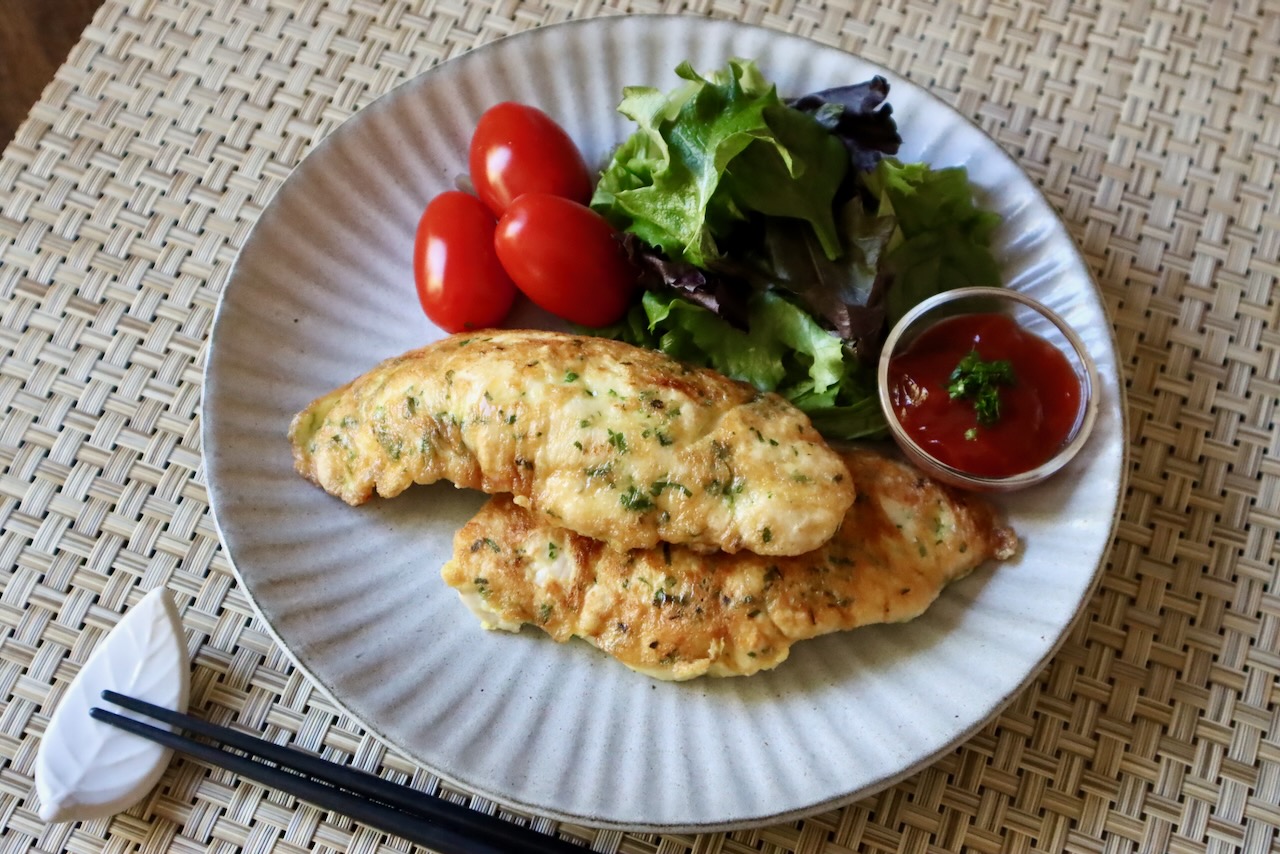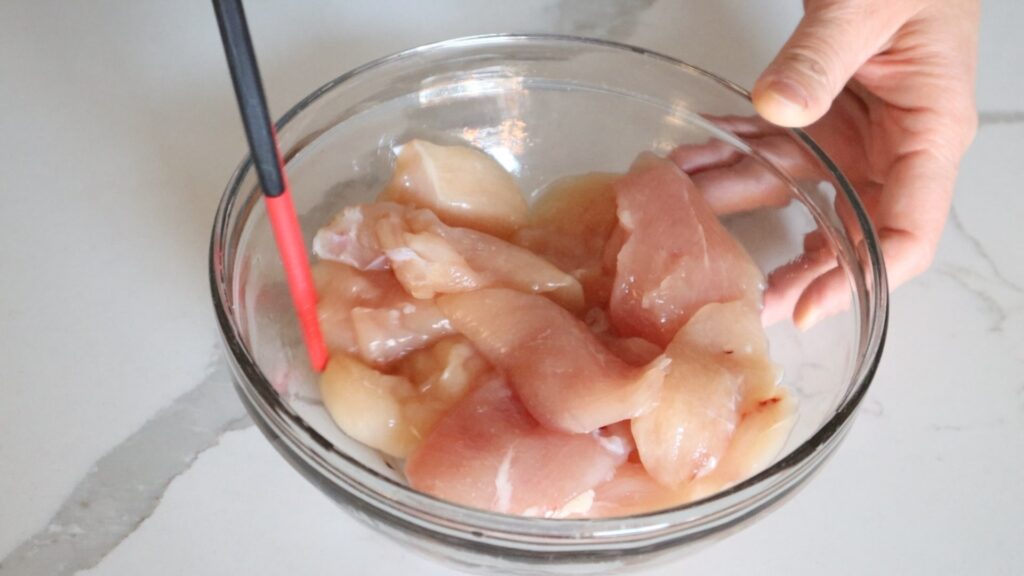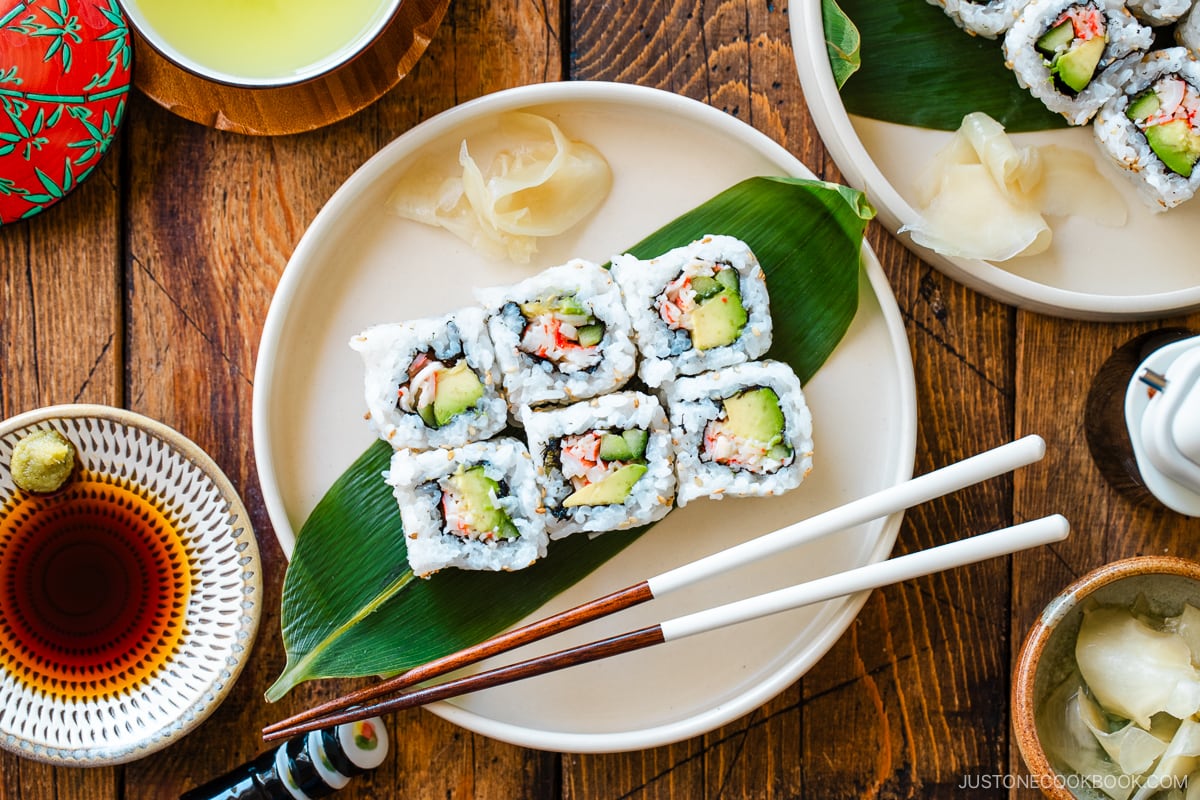Tender pork cutlets in this Tonkatsu recipe are coated in light and airy Japanese panko, then deep-fried to perfection, resulting in a juicy, crispy, and golden delight. Pair them with my delicious sesame tonkatsu sauce for an extra savory kick!
Tonkatsu Overview
Tonkatsu is a beloved dish that embodies the essence of Japanese comfort food. Featuring crispy, deep-fried pork cutlets, this dish is easier to prepare than you might think. Here, I’ll reveal my tips for achieving a light, crispy coating and succulent, tender meat.
If you’re interested in more katsu variations, consider trying my Katsu Curry, Katsu Sando, or Baked Chicken Katsu!
What is Tonkatsu?
Tonkatsu (とんかつ, 豚かつ) consists of tender pork loin coated in Japanese panko breadcrumbs and deep-fried until golden brown. The term ton (豚) means “pork,” while katsu (カツ) is derived from “cutlet.” Fried cutlets made their debut in Japan during the 1870s, initially using beef. Over time, the original French recipe was adapted to cater to Japanese tastes, and today, tonkatsu is a staple in numerous Japanese restaurants.
Why I Love This Recipe
- Crispy, light breading: I prefer using flaky panko breadcrumbs for their fine, airy texture that delivers a satisfying crunch.
- Versatile dish: While tonkatsu is often served with a generous serving of cabbage and pickles, you can also enjoy it over tender onions on rice for a delightful Katsudon.
- Simple yet irresistible: With a short ingredient list and minimal cooking time, this dish results in a richly flavored meal that everyone will adore.
Ingredients for Tonkatsu
- Pork loin or pork fillet: Either option works well, as both have a layer of fat that enhances tenderness.
- Salt and black pepper
- All-purpose flour
- Eggs
- Panko breadcrumbs
- Neutral oil (such as vegetable oil): for deep frying
- Tonkatsu sauce
- Black and white sesame seeds: optional, for garnish
Find the printable recipe with measurements below.
Substitutions
- Pork loin: Chicken can be used to create Chicken Katsu!
- Tonkatsu sauce: Available at any Japanese grocery store or online, but I recommend making a homemade version with Worcestershire sauce, oyster sauce, ketchup, and sugar for a quick and delicious alternative.
What’s Japanese Panko?
Japanese panko breadcrumbs are crafted from soft, crustless milk bread. Their larger, flakier texture absorbs less oil than finely ground breadcrumbs, resulting in a lighter, crisper coating. For the best results, seek out a Japanese brand, as non-Japanese versions may differ in texture. You can find Japanese panko at Asian grocery stores or online.
In Japan, we often use nama panko (生パン粉), a fresh version with higher moisture content that yields a superior texture. To replicate this at home, lightly spray dried panko with water to rehydrate it before coating the cutlets.
How to Make Tonkatsu
Preparation
Step 1 – Prepare the dipping sauce: Grind sesame seeds in a mortar and pestle. Divide the ground seeds into small bowls and top with tonkatsu sauce.
Step 2 – Prepare the pork: Trim excess fat from the meat and make slits in the connective tissue on both sides. Pound the pork with a meat mallet, then season with salt and pepper.
Step 3 – Set up the breading station and heat the oil: Arrange three shallow trays or plates. Place breadcrumbs in one, beaten eggs in another, and flour in the last. Heat oil in a deep pot over medium heat until it reaches 340ºF (170ºC).
Step 4 – Bread the pork: Dredge the cutlets in flour, dip in the egg mixture, and coat with panko.
Cooking
Step 5 – Fry: Place one cutlet in the hot oil and cook for 1 minute, then flip and cook for another minute. Transfer the fried cutlet to a wire rack and repeat with the remaining cutlets.
Step 6 – Fry a second time: Increase the oil temperature to 355°F (180°C) and fry each cutlet for 30 seconds on each side. Remove and let drain on a wire rack.
Assemble
Step 7 – Cut and serve: Slice the cutlets into ¾-inch thick pieces and serve with the dipping sauce.
Nami’s Recipe Tips
- Shake off excess flour: This prevents flour and panko from falling into the oil, which can darken and affect the tonkatsu’s flavor.
- Monitor oil temperature: An instant-read thermometer is the best way to maintain optimal oil temperature.
- Don’t overcrowd the pot: Frying too many cutlets at once can lower the oil temperature, leading to uneven cooking.
- Double-fry: For perfectly cooked tonkatsu, fry once, let it rest, and then fry again for a crispy exterior.
- Clean the oil between batches: Use a fine-mesh strainer to remove fried crumbs, keeping the oil clean.
Variations and Customizations
Tonkatsu is a versatile dish that can be easily customized. Here are some ideas:
- Add spices to the breadcrumbs: For extra flavor, mix in garlic powder, onion powder, or ginger powder with the flour.
- Bake instead: If you prefer not to deep-fry, try my Baked Tonkatsu for a delicious alternative!
- Skip the sesame seeds: Serve with plain tonkatsu sauce for a classic experience.
What to Serve with Tonkatsu
- Cabbage slaw: Serve tonkatsu with a simple slaw made from cabbage and cucumber, dressed in Japanese sesame dressing.
- With pickles: Pair with Asazuke for a sweet and salty flavor that contrasts beautifully with the tonkatsu.
- With hearty soup: Tonjiru or Asari Miso Soup are traditional accompaniments at tonkatsu restaurants.
- With rice: Japanese short-grain brown rice is an easy and nutritious side.
Storage and Reheating Tips
To store: Once cooled, store tonkatsu in an airtight container in the fridge for 3–4 days or freeze for up to 3–4 months.
To reheat: Bake in the oven at 350ºF (180ºC) for 15–20 minutes if defrosted or 30–40 minutes if frozen.
Frequently Asked Questions
Do not pour oil down the drain. Instead, use an oil-solidifying powder for easier disposal or let the oil cool, then pour it into a container and discard it in the trash.
This usually occurs if the pork is overcooked. Use an instant-read thermometer to ensure the internal temperature reaches 145°F for optimal tenderness.
For the Shredded Cabbage Salad (optional)
For the Sesame Dipping Sauce
Prevent your screen from going dark
- If you prefer not to deep-fry, see my recipe for Baked Tonkatsu.
- Gather all the ingredients. I highly recommend using fresh panko (called nama panko) from a Japanese grocery store, if available. If you can’t get it, follow my instructions below to make fresh panko using dried panko. Make sure to use a Japanese brand of panko from Japan. Western “panko breadcrumbs” are a bit different from authentic Japanese panko.
To Prepare the Shredded Cabbage (optional)
- In Japan, we serve tonkatsu with a side of fresh shredded cabbage. To prepare it, shred ¼ head green cabbage finely with a sharp knife or slicer. I love to use a cabbage slicer because it saves time and energy! Thinly slice 1 Japanese or Persian cucumber diagonally, then cut into strips. Toss the cabbage and cucumber together and set aside. Prepare 4 Tbsp Japanese sesame dressing and keep refrigerated until ready to serve.
To Make the Dipping Sauce
To Prepare the Fresh Panko and Breading
- If using dry panko, place ½ cup panko in a deep dish and spray with water until moist. Set aside for 15 minutes. Optionally, make fresh panko by pulsing some Shokupan (Japanese Pullman bread) in a food processor.
- Prepare the other breading ingredients. Crack 1 large egg into a deep dish, add ½ Tbsp neutral oil, and whisk until combined. Prepare another dish with 2 Tbsp all-purpose flour. Adding oil helps the breading adhere to the meat.
To Prepare the Pork
- Use a sharp knife to remove excess fat from 2 boneless pork loin chops. Make slits in the connective tissue between the meat and fat to prevent curling during cooking.
- Flip the meat and make slits on the other side.
- Pound both sides of the meat with a meat mallet.
- Mold the cutlet back into its original shape and season with ½ tsp salt and ⅛ tsp black pepper.
To Bread the Pork
- Dredge the pork in flour, dusting off excess. Dip into the egg mixture, then coat with panko, pressing gently to adhere. Shake off excess and let the breaded cutlets rest for 5–10 minutes.
To Cook: The First Fry
- Add 3 cups neutral oil to a pot, ensuring it is 1¾–2 inches deep. Heat oil to 340ºF (170ºC). If you don’t have a thermometer, use a chopstick; tiny bubbles indicate readiness.
- Gently add one pork cutlet to the oil and cook for 1 minute, then flip and cook for another 1 minute.
- Remove the pork and let excess oil drip off. Place on a wire rack to rest for 4 minutes.
- Turn off the heat and scoop out any fried crumbs from the oil. Clean the oil and bring it back to 340ºF (170ºC).
- While the first cutlet rests, fry the second cutlet for 1 minute, then flip and cook for another 1 minute.
- Drain excess oil and let it rest as before.
The Second Fry
- Raise the oil temperature to 355ºF (180ºC). Fry the first cutlet for 30 seconds on each side, then drain on a wire rack for 2 minutes.
- Clean the oil and fry the second cutlet again, draining as before.
To Serve
- Slice the tonkatsu into ¾ inch pieces and serve with shredded cabbage and cucumber, sesame dressing, and tonkatsu sauce on the side.
To Store
- Store leftovers in an airtight container for up to a month. To reheat, bake at 350ºF (180ºC) for 15–20 minutes if defrosted or 30–40 minutes if frozen.
To Dispose of Used Cooking Oil
- Follow local guidelines for disposing of cooking oil. You can take it to a recycling center or use an oil solidifier for easier disposal.
Calories: 523 kcal · Carbohydrates: 15 g · Protein: 27 g · Fat: 37 g · Saturated Fat: 7 g · Cholesterol: 131 mg
Author: Namiko Hirasawa Chen
Editor’s Note: This post was originally published on July 12, 2011. It was updated with new video and images in August 2021 and further enhanced with helpful content on August 11, 2025.





